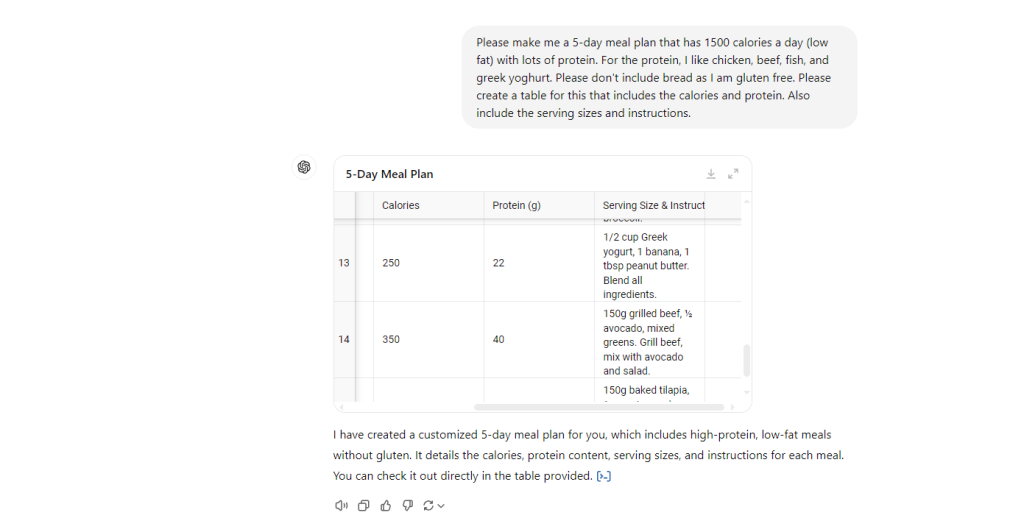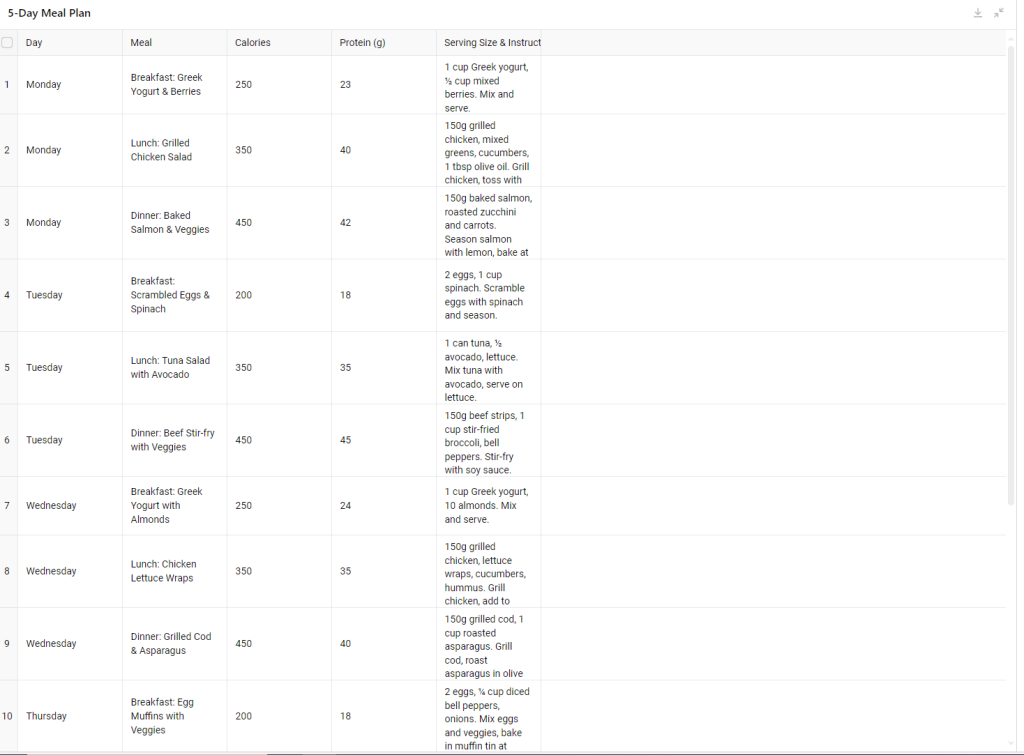When I was younger, I used to dislike cooking. It always seemed overwhelming to me since there were so many different techniques, recipes and ingredients. I was often confused, especially when trying to come up with meals based on whatever I had at home. However, when I began exploring different generative AI tools, my perspective shifted completely. These AI tools transformed cooking into something enjoyable and creative rather than a chore I needed to finish as soon as possible.
One of the most valuable tools in my cooking journey has been ChatGPT. Instead of spending hours browsing cooking websites or watching YouTube videos, I can simply ask ChatGPT what to cook using the ingredients I have at home. It generates personalized recipe ideas along with step-by-step instructions, which saves me time and reduces food waste by helping me make the most of what’s on hand. Additionally, I use it to create customized meal plans tailored to my dietary goals, such as increasing protein intake or following a gluten-free diet. Below is an example of a weekly meal plan I’ve created with ChatGPT’s help.


I also believe that generative AI can be a useful tool for menu and recipe creation in restaurants. By generating novel recipes based on specific criteria like ingredient availability or dietary preferences, AI helps restaurants stay competitive and offer unique menu options. It can assist chefs by suggesting adjustments, reducing the time needed for recipe development. AI simplifies parts of the creative process, allowing restaurants to consistently introduce new dishes while reducing the pressure on the culinary teams.
As generative AI continues to evolve, its potential to revolutionize at-home cooking and the restaurant industry continues to grow. Whether you are a beginner like myself or a professional chef, I believe that generative AI can enhance everyone’s cooking experience.
